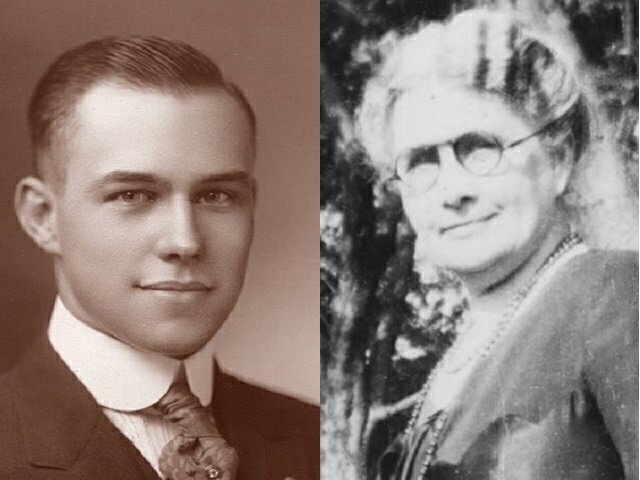On the anniversary of the 19th Amendment's ratification, we look back at a young politician whose unexpected vote in the Tennessee state legislature gave all women the right to vote.

The story of Harry T. Burn, the seemingly rogue 24-year-old legislator, has become a bit embellished over the years. And in fact, women had won the right to vote in some states before the 19th Amendment was passed by Congress and ratified by three-quarters of the states then in the Union.
But in August 1920, the struggle between the suffrage movement (which wanted the vote for women) and powerful anti-suffrage forces had come down to a series of votes in Tennessee.
The suffrage movement had found a way to get Congress to approve the proposed 19th Amendment, with the endorsement of outgoing President Woodrow Wilson (who hadn’t supported it until it became needed as part of the war effort).
By the middle of 1920, a total of 35 states had voted to ratify the amendment. The problem was that 36 states were needed, and there was only one state left where a vote could be taken that year.
Four other available states—Connecticut, Vermont, North Carolina, and Florida—would not consider the resolution for various reasons. The remaining states had rejected the amendment. But Tennessee decided it would tackle the ratification vote.
Supporters from both sides camped out at a Nashville hotel and began intense lobbying efforts in what became known as the War of the Roses. Supporters of suffrage wore yellow roses in public; the anti-suffragists wore red roses.
The suffragists had lobbied Burn, the youngest member of the statehouse, but they were unsure of how he would vote.
They did know that any vote to bring the amendment to the floor would be too close to call, as well as the vote to ratify the amendment.
On August 18, the legislature voted on a motion to table, or delay, any ratification vote. It seemed as if the anti-suffragists had enough votes to delay a 19th Amendment vote after Burn arrived wearing a red rose and voted to table the amendment.
But another representative, Banks Turner, switched sides during the roll call, leaving the vote deadlocked and moving the ratification vote forward. The suffragists would need one more vote to make the 19th Amendment the law of the land, and what happened stunned the legislature.
Then, early in the voting, Burn, who came from a conservative district and wore the red rose on his lapel, surprised everyone when he said in a clear voice “aye” when asked if he would vote to ratify the amendment.
Burn also had a letter in his suit pocket, from his mother, Febb E. Burn, in which she asked him to “be a good boy” and vote for the amendment. When Turner also voted in favor of the ratification, the 70-year-old battle for suffrage was over.
Link: Read The Seven-Page Letter
Lawmakers in Tennessee tried to delay the state’s official approval, but on August 26, 1920, the official documents arrived in Washington, and they were quietly signed by the Secretary of State.
Burn later explained that he initially voted to table the vote so that it could be brought back in the next legislative session. But after it came to the floor, he had several reasons to change his vote.
“I knew that a mother’s advice is always safest for a boy to follow and my mother wanted me to vote for ratification,” he said. “I appreciated the fact that an opportunity such as seldom comes to a mortal man to free 17 million women from political slavery was mine.”
Febb E. Burn then said she was pressured in person by the governor of Louisiana’s wife to recant the letter and say it was a fraud. She refused to do so.
Scott Bomboy is the editor in chief of the National Constitution Center.







